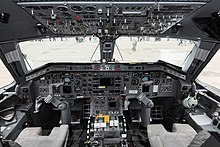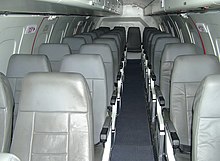Role Turboprop regional airliner
National origin Brazil
Manufacturer Embraer
First flight 27 July 1983
Introduction October 1985
Status In Service
Primary users Brazilian Air Force
Ameriflight
Swiftair
InterCaribbean Airways
Produced 1983–2001
Number built 357
The EMB 120 began development during 1974. While initially conceived as a modular series of aircraft, the Family 12X and referred to as the Araguaia, intending to achieve a high level of commonality with the EMB 121 Xingu, the aircraft was redesigned and relaunched with the Brasilia name scheme during 1979. The redesign, which drew on operator feedback, reduced the seating capacity somewhat while removing commonality with the EMB 121. Its size, speed, and ceiling enabled faster and more direct services to be flown in comparison to similar aircraft. The EMB 120 features a circular cross-section fuselage, low-mounted straight wings and has a T-tail.


Ceiling
MAX RANGE
Aircraft Speed
Max Crew


Several military operators also procured the type, such as the Angolan Air Force, which received new-build aircraft during 2007. A specialised VIP transport version, the VC-97, was produced and procured by the Brazilian Air Force.
On 27 July 1983, the PW115-powered EMB 120 prototype performed its maiden flight
On 27 July 1983, the PW115-powered EMB 120 prototype performed its maiden flight